
As we move into the back half of the decade, it seems that a lot of the innovation in gaming is coming from unified experiences. Games are offering a higher level of style to service their mechanics, and in this way have avoided the trap of simply aping film. Many games are sequels or iterations now, begging the question of whether technology has stagnated enough to also block up the design realm. We are beginning to see murmurs of VR finally being worth trying out, but it’s far too soon for most of us to consider buying in yet. This year, let’s set some of the best games against each other in head to head competition for the coveted…uh…I guess the Synthetic Error awards don’t really have a name yet. Best errors? That doesn’t quite work. Synthetic Solipsisms? It rolls off the tongue at least. Let us worry about exactly what they win later. Onward!

Best Retro Experience of 2017
For games in particular, the ability to keep current is nearly impossible, due in large part to the tens and hundreds of hours they demand for a complete experience. It’s a lament I repeat often, but there is something interesting about coming to a game years after the critical consensus has moved on. In particular it’s interesting to look at games which were not enshrined as classics. This year, I bit off some last gen delights including Tomb Raider, Papa and Yo, Deadly Premonition, and Dead Space 3. Each are clearly a product of their time and not oft discussed now.
Papa and Yo is a 3rd person platformer with both story and design taking cues from African culture, along with borrowing the dreamy logic of many games from the first big indie explosion. It has that grim dark story hiding behind the Unreal engine polygonal fantasy, a sort of early indie cliche, but strikes me as one of the most effective of the crop, wringing a pretty good experience out of a game of mostly flat mechanics.
Dead Space 3 infamously represented the horse armor-fication of the horror funhouse franchise, but with most of those extra multiplayer appendages now dead and silent, it is a fairly straightforward action-horror roller coaster that mostly seems diminished because of comparison with its predecessors. I think they would have only benefited by renaming this something else.
Tomb Raider, which seems at first blush to be a quintescential throwaway blockbuster, is a hardcore Uncharted clone that surprisingly has a deeper mythose and a more compelling temple to raid. Laura as a character even works at first, a bored action junkie heiress forced into trying to stay alive in the middle of an ancient clusterfuck. It’s an update that is only slightly inhibited by its gamification.

The game which really shined despite its retro limitations though, was Deadly Premonition. Deadly Premonition is inspired by Twin Peaks, but that does this full scale ripoff a disservice. This is a crazy fan trying to live inside of Twin Peaks’ skin, but with the probably crucial addition of being filtered via a trans-Pacific game of telephone. The bizarreness of this game is nearly indescribable, almost everything is just delicately off. It’s not a Kojima style movie homage either, it is literally a detective simulator which finds you taking long real time drives to talk to people and ordering coffee for yourself, all as part of an organic day night cycle in real time. Of the games I played from the past this year, Deadly Premonition seemed the most deserving of digging up, making it the best Retro experience of 2017.
Ok, that’s the old guys done! Now let’s look at some indie games.
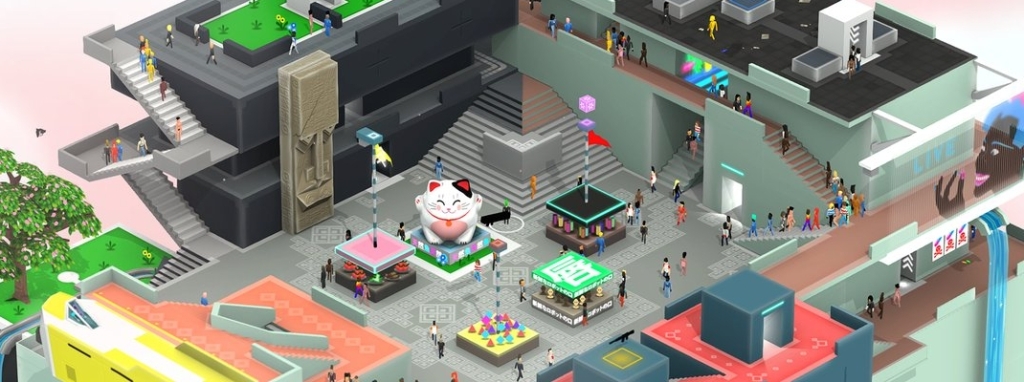
Best Indie Game About How Awesome Our Cyberpunk Dystopian Future Will Look, At Least
Tokyo 42
Since the early days of gaming, even back to hunting the wumpus, the majority of the experience was centered learning and mastering the controls. It’s only recently, maybe within the past decade (or about 20% of the total time video games have been made), that genres have adopted a crystallized lingo. Shoot with shoulder bumpers or M1, WASD, the south button is jump, left axis-movement right-camera, etc. The long run up to the “discovery” of the most efficacious control schemes included many strange ventures (especially in the PS1 era), but that experimental era and its often bizarre controls was filled with experimental brain rewiring metagaming. Despite the “try-anything” indie explosion, this control literacy challenge has mostly faded into genre conformity. Enter Tokyo 42, a throwback to Shadowrun. It’s a cyberpunk diorama that stuns with color and hard light, but which also is by necessity of design linked to a control scheme that now seems awkward. You rotate the camera and use WASD to move your character, but both are locked to the 4 cardinal directions, creating a layer of remove from the intricate and stunning neon cyberpunk city, the true star. In truth, this is a jarring enough challenge that it is absolutely a core facet of the game experience, hence the long preamble. If you find a way to rewire your brain and master the haphazard bullet spray, the one shot deaths for everyone, and the leap of faith platforming, you’ll become the fearsome morphing porcupine of stealth and murder that many games promise but then have to put up the bowling alley bumpers to deliver. Here it’s just you and your skill (and luck) against enemies with all the same tools as you, skulking around the fake ad plastered plazas, floating car highways, and penthouse bonzai gardens of a future where death is a commodity.

Best Indie FPS Documentary About Climbing The Corporate Ladder
High Hell
This is a surprisingly spare yet fun indie, like a slide that has been lubed down with grease. Principally, the game concerns your efforts to litigate a binding arbitration clause that- ok Im just kidding, you just shoot everything that moves. You bear a grudge against a Satanic Inc, a soda and cigarette selling megacorp that strictly headquarters in penthouse suites loaded with grubby red demon bastards. That little touch, the evil moneyed abominations creating their hellish altars in the heavens, is pretty much it for lore and setting, but it works. The polygon work is simple but the bug eyed cartoonish aesthetic is charming and the plethora of corporate junk laying around everywhere to smash is funny. Almost everything dies in one shot, including you, so every run makes you feel like a CS:GO pro ( or maybe a CS:GO intermediate playing on a server full of children ) as you snap shot the horde into oblivion. As all the best indies do, High Hell mixes modern and retro; it’s a charming throwback to quake strafers with minecraft style low poly enemies, but with a super crisp designs and coloring to make it look timeless. Instant restarts and physics crap ready to explode everywhere make it quite charming. It’s a short jaunt to the top of the corporate ladder but that’s all the more reason to appreciate High Hell – it knows full well that you either die the hero or drag on long enough to become the villain.

Indie Game of the Year
High Hell AND Tokyo 42
Making indie games fight amongst themselves is sort of like bum fights or dog fighting so lets just give it to both these poor bastards who sacrificed for us.
For my money, fighting games are the purest expression of becoming something alien and achieving sublime new movement and form. They force you to learn to perceive both time and space differently. Here’s a couple of the best ones from 2017.

Best Watching Yourself Get Punched In Slow Motion Punching Game
Tekken 7
I think 3d fighters would probably be dead if not for Tekken, receiver of a divine bolt of inspiration that imbued this ps1-spawned franchise with something so potent it nearly perfected the formula two decades ago. Almost everyone who came in contact with ye olde Tekken 3 remembers it fondly, as the absolute OG Playstation fighter. The years have seen an intensification in edgelord lore (kazuya has been tossed into a volcano 17 times now) and presentation pazazz ( story modes have evolved from 10 second fmv clips to big involved multi tiered encounter things), but the mechanics are still pretty close to T3. Gameplay-wise, Tekken 7 has mostly resisted the plethora of meters (DIE ONE THOUSAND DEATHS not withstanding), goofy guard barriers, menu based fighting style modifyers, and stage interactions that other fighting games try out every so often before dropping for the next iteration. To play a game of SF5 now you have to supplement your SF2 knowledge with character specific V-reversal, Vskill (out of 2) and supers, all of which is linked to meters. Tekken has added some walls /drops and a near death revenge super over the years, but for the most part everyone has the same gameplan as back in Tekken 3, which lends the game a certain modern simplicity. You can play this thing almost immediately, unlike the hours of immersion most 2d fighters require to even be able to move correctly. What has undeniably been upgraded is the flow of gameplay now, which is buttery smooth. You’ll find combos off of floats almost automatically, most moves have obvious utility, and the visual language of it all is fairly clear, with few fuzzy mixup situations. Tekken 7 is a handsome beast of an update.
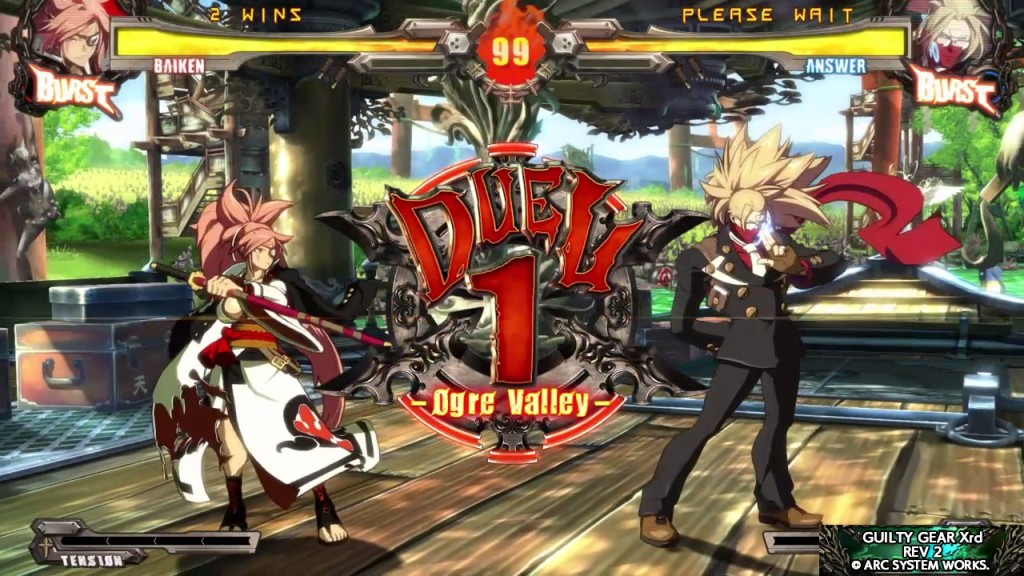
Best Remaster of That Rock Song You Love But It’s A Punching Game
Guilty Gear Rev2
Rev2 might be the last of the great expansion packs, a dying practice in gaming as a whole. Here we see the collection of all the extra characters through the years and more story stuff but really this is just an excuse to take a moment and profess my love for Guilty Gear. Crisp, clean, precise, and angry, Guilty Gear is Japanese excess finally funneled into something good. Every edge of it brims with creativity and thoughtfulness, even if the mechanics are demanding and obtuse. In this one you can fight a business ninja with monsters that hatch from your pumpkins.
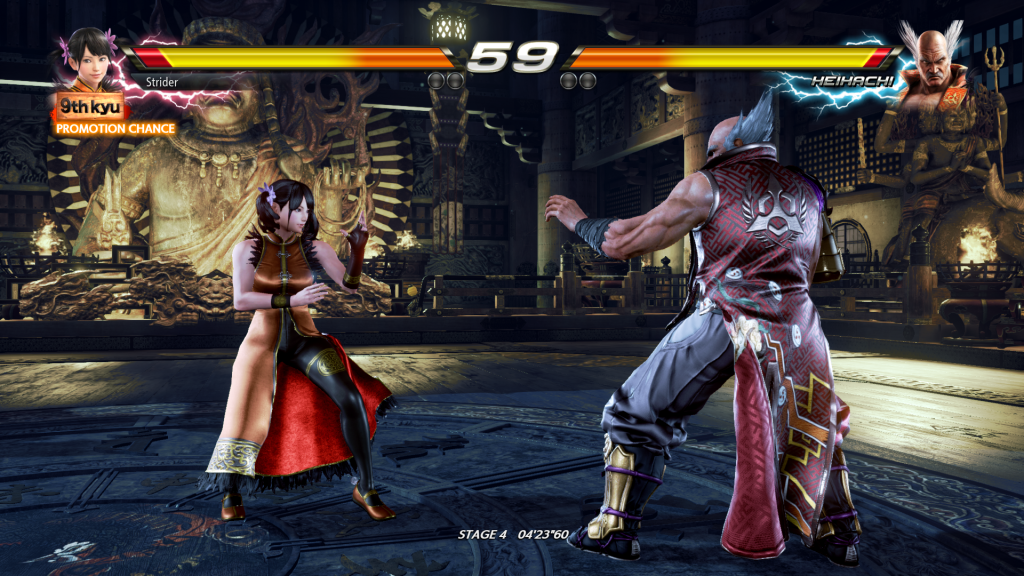
2017 Fighting Game of The Year
Tekken 7
Rev2 is beautiful, but irksome in that it is representative of the current paradigm in the fighting game economy. The game comes out, people have feelings about it, and then three to four years later the “good” version of the game is finally finished and released with enough characters and things to do to keep you entertained for a long while. Tekken is not exactly sin free, with the paradigm of the future promised in season passes galore, but drops with so much depth and a really full roster that it seems the mightier pugilist here. It also has an unquestionably glorious flow, which reads immediately for both amateurs and more experienced players. Tekken’s newest iteration represents a weird evolutionary branch in fighting games that ducked all the cliches of the other games but nonetheless just works, like the tentacled squid.
Walking Simulators! Hardly anyone gets excited about these on the outlay, but for some reason they’re often the most surprising. Lets see what’s new.

Best Rooting Through Your Family’s Crap Simulator
What Remains of Edith Finch?
Edith Finch is another in a recent lineage of dramatic ambulatory experiences, like Gone Home, Ester, and arguably Amnesia . The novel edge on these has been finding ways to insert game mechanics which twist the experience without actually constructing a game, per say. The Finch game, which takes us through some life stories in the Finch family, does this by operating a bit like an anthology series, which provides a pretty ingenious excuse for mixing mechanics beyond just finding a new area. Less successful though is the game’s emotional through line, which seeds its stories with people we almost never know anything about. Unlike Gone Home’s careful, game long layering of three specific family members, in Edith’s dispensation we are almost always done with a character right after they are introduced. Still, it is a beautiful game filled with details and whimsical magical reality, which like many of these games suggests that the force of our lives is such that it can be felt in the detritus of our homes, even after we have moved on to new places.

Best Solving Engineering Problems By Listening To Personal Diaries -Training Simulator
Tacoma
From the Gone Home folks, Tacoma takes us to a seemingly empty space station and asks us to find out what went wrong. How better than to dig through everyone’s personal stuff! Alongside judging the books they read, you will also use playbacks of tracked movement and conversations, which are logged as neon silhouette holograms that play in real time around you. This, the major innovation of Tacoma, opens the door to some puzzles that make you feel quite clever as you use the physicality of what in any other game is a dropped journal recording to figure out a way through a lock. It’s interesting to see these games get more complex and clever while also creating stage plays with more and more characters intertwining, and Tacoma seems to be on the leading edge of that in 2017.
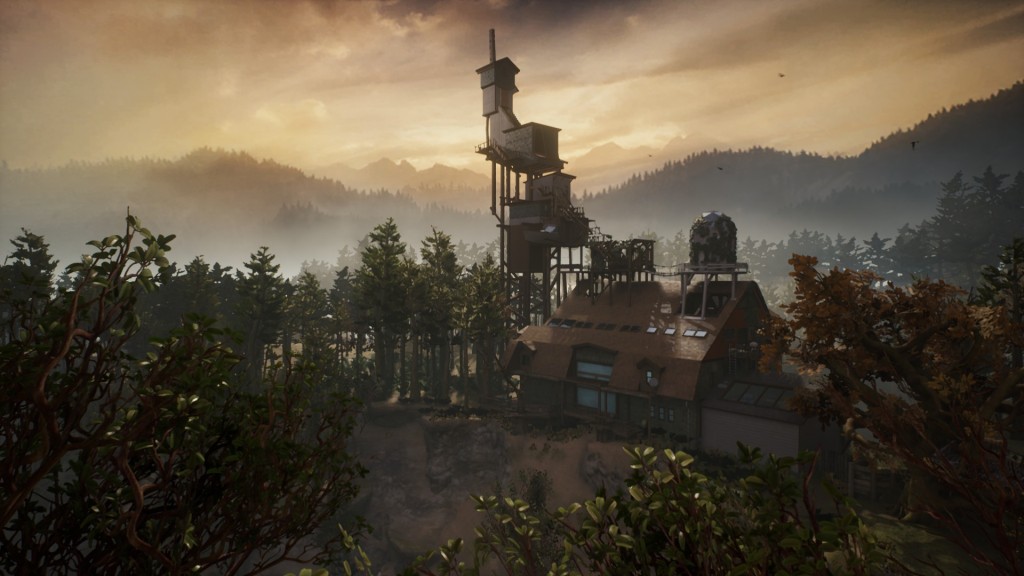
2017 Walking Simulator of The Year
What Remains of Edith Finch
Tacoma, despite the scifi, actually feels more grounded and the story feels more intriguing than Edith’s. But the lack of gameplay variation and a 3rd act that is a bit smarmy help Edith come out in front here. Edith is every bit just a walking simulator, but is one of the slickest ones I’ve seen yet. From the people that brought us The Unfinished Swan, Edith asks us to keep reassessing how we are engaging with the game, often in surprising ways, even though you’re really just creeping around your family house, I assume hoping to find some money stashed in the books. This genre has come a long way already and Edith demonstrates it seems to be moving the fastest these days.
These last three games are all very impressive spectacles, with a bit of something unique that makes them all game of the year contenders.
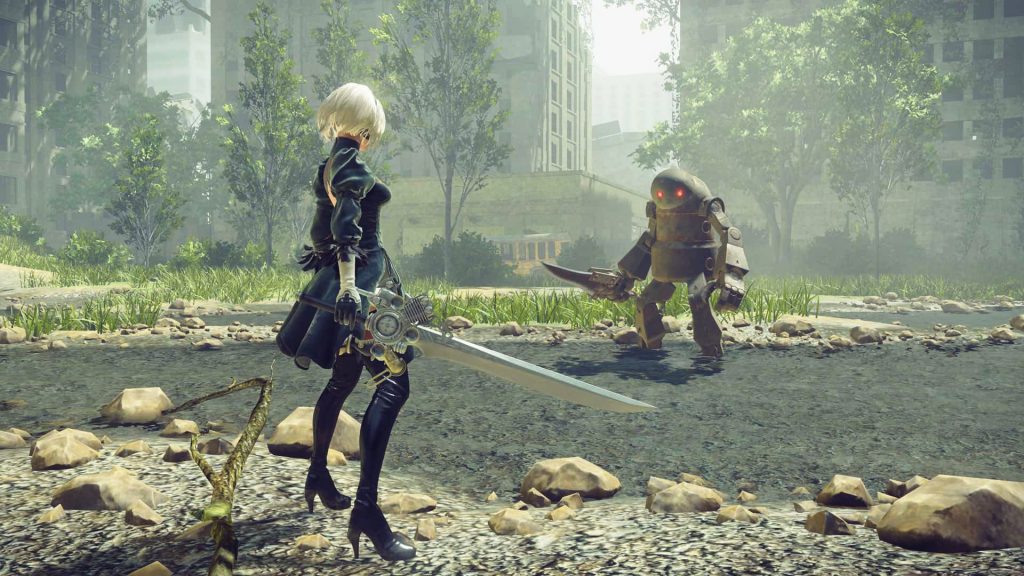
Best Adventure About Ugly Crying Over A Fancy Real Doll
Nier Automata
This game will probably be remembered as Yoko Taro’s magnum opus. Born of a blessed collaboration between Platinum Games and the Drakengard weirdos, this takes us to a new point in the timeline entirely where androids and robots ceaselessly battle each other for control of Earth’s broken ruined surface. Dualism is everywhere in this game. Humans are fragile and die but seem to be the only things that know how to go about living. The sexless robots are nonetheless gussied up in bondage leather. And you will probably think the game is about one thing for a long time before it completely stuns you by moving in another direction.
Not everything is beautiful. The mechanics are less precise than other Platinum joints, and the aforementioned hussy androids invite disdain (and mouth breathing otaku). However, the sheer Zelda-esque glee of discovery is here in abundance. This game is a big interesting contraption, and somehow uses that discovery based momentum to wring tremendous emotional resonance out of what you do find.

Best Adventure About Crying Because You Are Being Murdered By A Robot Velociraptor
Horizon Zero Dawn
Usually game trailers are best met with skepticism – the manicured sales pitch is often a far cry from the finished product’s actual syntax. You’re promised looping deadly acrobatics but usually end up mashing x and running in a tight janky circle next to your enemy trying to trigger the right cinematic. Horizon Zero Dawn is the promise fulfilled, the winter of discontent made glorious by robot dinosaurs. This game promised that you would be a leaping Legolas hunting cybernetic anachronisms, and it delivers in spades. The world of Horizon Zero Dawn is so rich, with a layered back story that hides the apocalypse from you and reveals it in pieces while your tribal heroine solves local city state politics the old fashioned way. That protagonist, Aloy, is such an important piece of this too, as she fits perfectly into this story but also shares the joyful ebullience of discovering the world with you. Her outcast rearing even makes both of you outsiders to the struggles of the people you meet, yet despite that her compassion bleeds through and enriches what would be fetch quests in any other game. She earnestly wants to help her ragtag cave people and so you earnestly murder dinosaur robots and sabertooth cat robots. The whole thing looks like the most amazing movie you’ve ever seen. It’s the kind of game you might dream about creating.
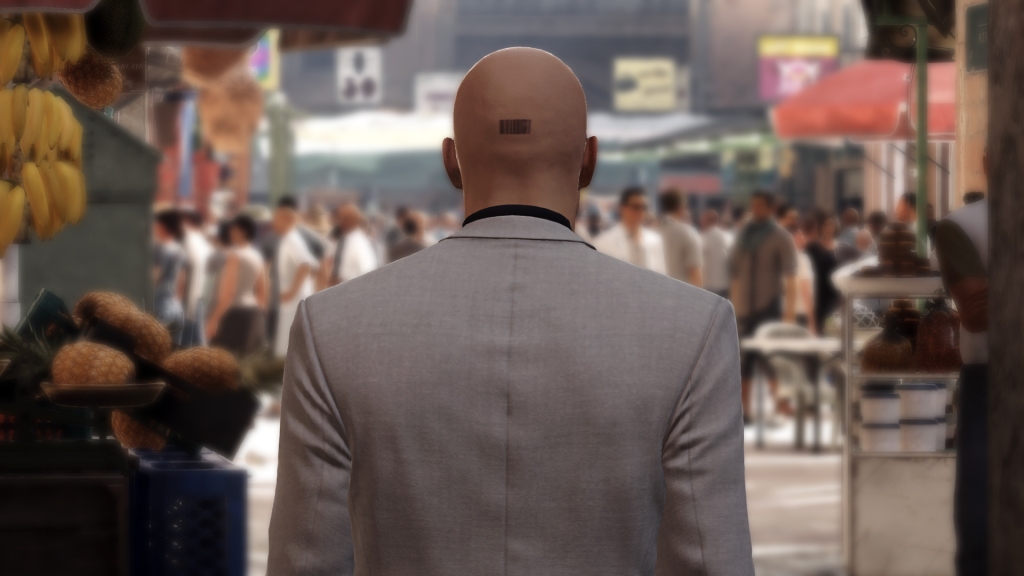
Best Adventure About Never Crying Because You Are A Stone Cold Badass
Hitman
The root of heist-derived fun is impressing control on chaos. The more elaborate it is and the more people involved, the more thrilling it becomes as the odds narrow. Hitman is a heist simulator where the goal is to sneak off a bullet or poisoned apple at the right time, with sometimes literally hundreds of moving parts confounding you. In the old games you were never much of a warrior, but your for-hire assassin could usually rescue a botched mission by camping a linear corridor til you wiped all the guards. In Eidos’ loving update and reboot, there are so many damn guards crawling all over the three dimensional sprawling complexes that it is pretty much impossible to cheat the AI, which along with a clear in game challenge scheme drives you to flex your brain and find the puzzles to solve in each level that end with someone crushed, stabbed or maimed “accidentally”. Agent 47, ever the stoic murder man, will not shed a single tear even when you are spotted trying to innocently strangle a janitor in a stairwell and are mercilessly gunned down, but you might shed a couple laughing with glee as you narrowly succeed in shooting someone in a crowd and hide your trusty pistol in time to act casual just as three guards burst into the room. I must leave immediately you see, I have just witnessed a murder and feel quite bald and distressed.

Best Game of 2017
Nier:Automata
This was a tough one. Hitman’s sandbox is probably the truly unique accomplishment, building puzzles out of dioramas with hundreds of ornaments, but its story is as always perfunctory and there is a sense of predestination rather than creativity to a successful hit. Not naming Horizon Zero Dawn the game of 2017 feels like a bit of a betrayal to my 12 year old self, with the robot dinosaurs and all, but jees is that a stupid name. No really though, it’s nearly a perfect game. But after playing it, you will still feel the word “game” defines it perfectly.
Nier:Automata feels like something a little bit beyond a game. It’s metatextual, it’s passionate, it’s perverted, it’s flawed, it’s melancholy, and it all seems to be coming from thoughts and feelings that are quite existential. It’s postmodern in the sense that it’s not about battles of will and revenge – your soulless androids merely serve their directives, but nevertheless they still dream of electric sheep. Even though the somewhat uninspired Devil May Cry-lite combat means that gameplay wise this is probably the weakest of the three, Nier discombobulates you and changes the rules so often you truly never know whats going to be happening next. This is still gaming in the purest sense, where proceeding forward is an act of discovery minute to minute as the game bounces you from insane bosses to bizarre shooter setpieces into unpredictable plot twists. Ultimately the synergy of all these things makes an unreplicable experience. The feeling you get from completing the entire story is transcendent, a weirdly specific moment that somehow makes you feel connected to all of humanity. Can any other game even do that? Nier:Automata pulls off the great magic trick, it makes this collection of android parts and synthetic responses, player manipulating set pieces and twisting game lore, all collected here, seem like it has a soul, an essence beyond just your intention to beat it. For a game to generate such feelings of affection, Nier:Automata must be the best game of 2017.
That’s it for now gentle reader! Enjoy these Supernumerary Salubrious Syntheses and we’ll be back next year with another handful of games desperately finished in the small hours of relief available!
Originally published on Synthetic Error June 3, 2020
Comments
Post a Comment